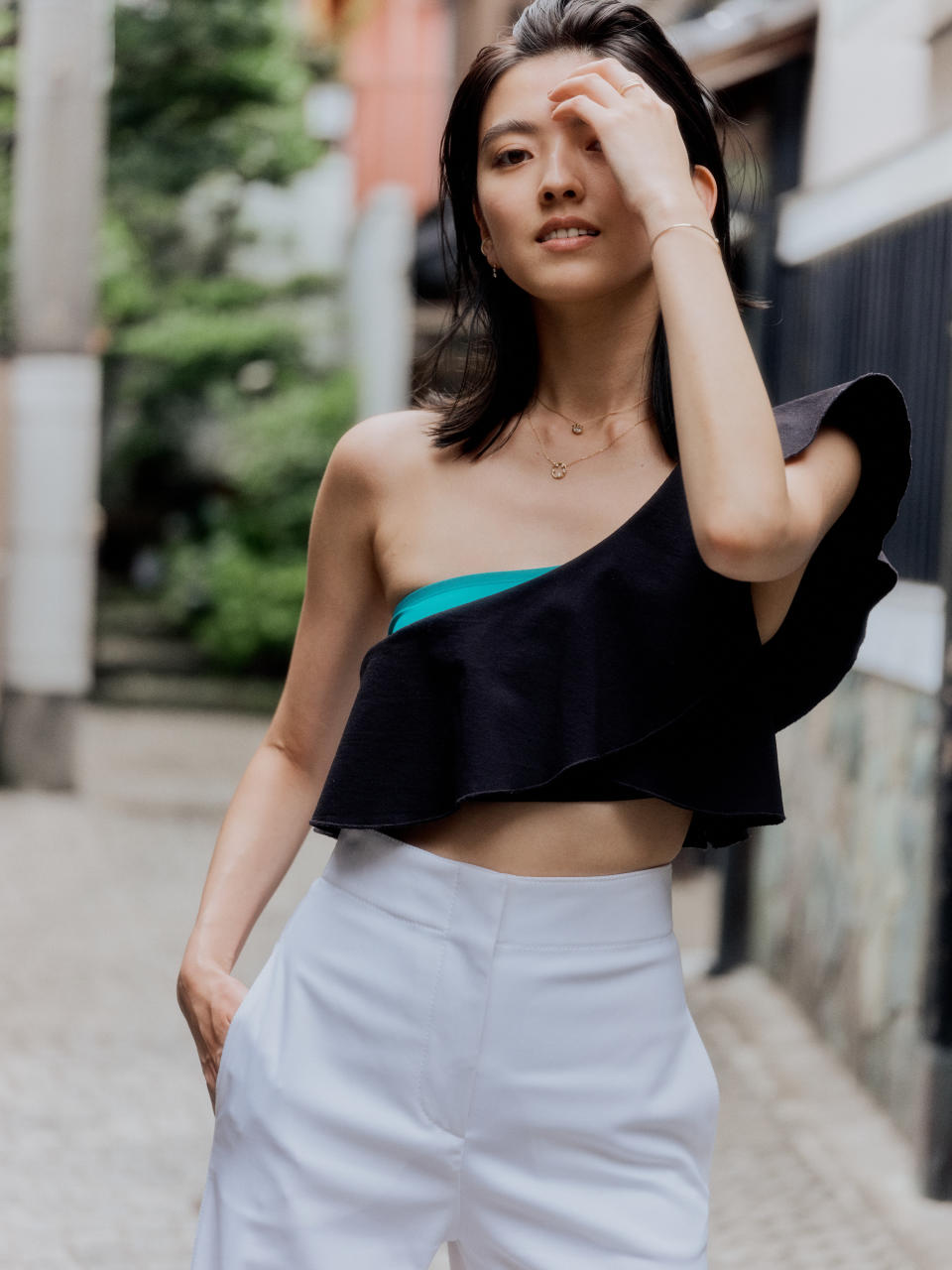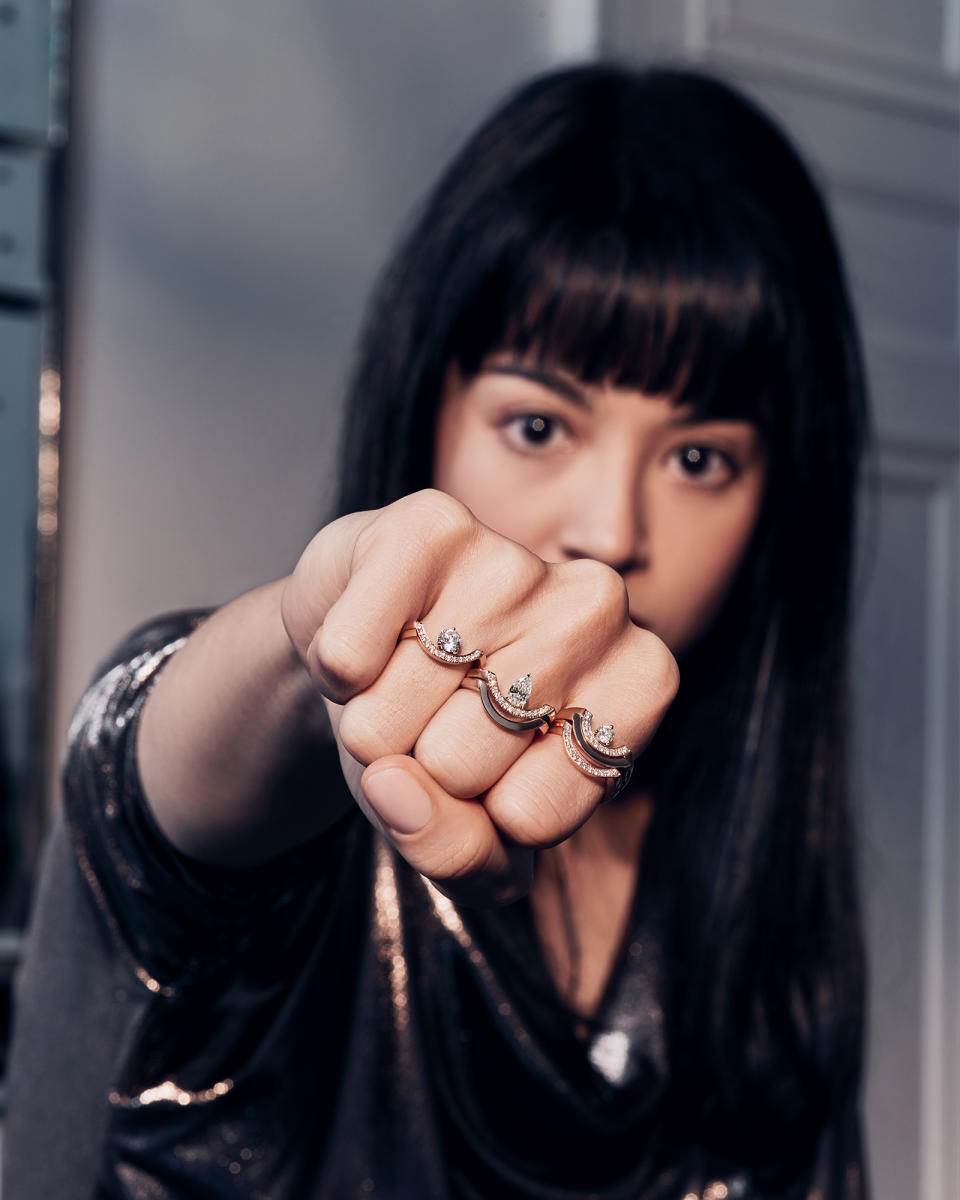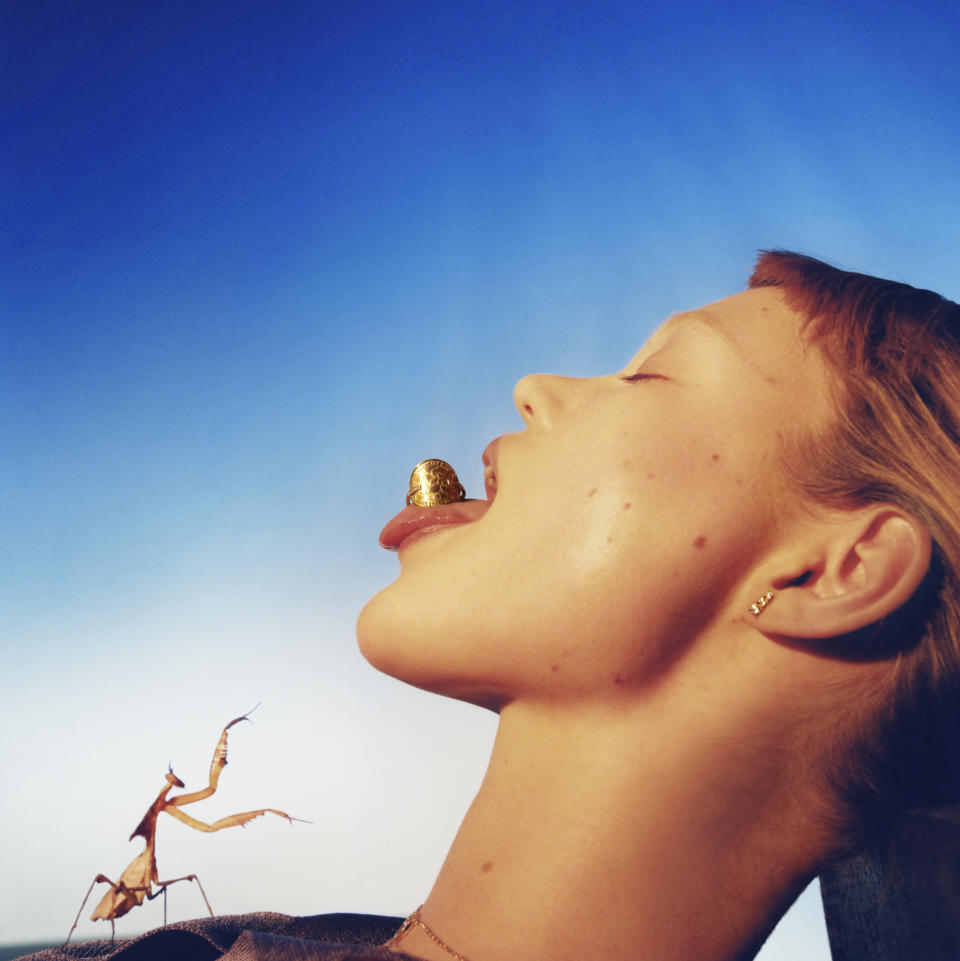The Future Rocks, a Marketplace Betting on Lab-grown Diamonds

For Anthony Tsang and Ray Cheng, cofounders of the Hong Kong-based jewelry marketplace The Future Rocks, lab-grown diamonds are the gemstones of tomorrow.
It was exactly what they wanted to enshrine in their company name, too.
More from WWD
Trouble is, when they looked to register a web domain for it, their first choice of “future rocks” was taken.
“That’s when Ray suggested adding ‘the’ to turn the name into a statement,” said Tsang, who serves as chief executive officer of the marketplace dedicated to lab-grown diamond jewelry from independent and creative labels.
For $10, they got a domain and “a company that doesn’t require a slogan, ever,” quipped Cheng, now its chief design officer.

Neither of the cofounders comes from a jewelry background. Canada-educated Tsang leveraged his industrial engineering background into a career that took him from Swatch and telecoms to big data and retail, while Cheng studied architecture in the U.S. and “there was a short period where [he] really was an architect” before diving into information technology projects.
But both found themselves fascinated by the possibilities offered by new materials in jewelry. This is starting with lab-grown diamonds but in due course and short order, materials like the Cofalit that Boucheron has recently been experimenting with will make their way onto the market and into consumers’ hands, explained Cheng.
So the idea of The Future Rocks, beyond a healthy business, is their “hope to build a community where people understand lab-grown diamonds, future-forward jewelry through content curation and interactions,” said Tsang.
According to Tsang, the potential is huge, owing to a wide target audience that ranges from first-time jewelry buyers that “may never even have purchased a diamond before” interested in a smartly priced offering to younger generations keen to purchase items created using sustainable practices and materials.
A brave new world of soon-to-be-precious materials called for “new ways to sell a new substance to a new audience.” So The Future Rocks is also approaching each touch point with brands and consumers as an opportunity for conversation.

“It’s obvious we sell jewelry, so what people expect is to be engaged on sustainability, innovation or the emotional value of jewelry,” said Tsang, highlighting their choice of faces like Japanese model Hikari Mori, granddaughter of the late couturier Hanae Mori, or the arty editorial vibe of jewels paired with insects.
With a price range that starts around $99 and goes up to the tens of thousands, Tsang sees The Future Rocks as sitting in a novel position, which he deemed “demi-fine,” and akin to affordable luxury.
If the entry-price segment puts them in competition with much larger players like Pandora, which has recently launched a lab-grown and recycled precious metals offering, Tsang nonetheless feels that the breadth and depth of The Future Rocks’ offering sets it apart.
Plus, “what we’re selling is the product, not just the actual [lab-grown diamond] itself,” added Tsang, likening the stones to sugar, a cheap commodity that is used in cakes sold for thousands by top pastry chefs.
Fundamental to inclusion on the platform is therefore a willingness to push the envelope from a creative standpoint, said Cheng, who highly rates the way brands “differentiate [their wares] from conventional jewelry pieces.”
What he noted was that most brands were currently mired in a classical approach, adding a new material here or lab-grown gemstone there in “a good baby-step forward.”
Beyond a commercial opportunity, the duo also feels it is also their role to foster creative emulation, commented Cheng, calling the “design collective” one of the platform’s key resources.
Collaborations are not yet in the works, but limited editions and exclusives are in the works.
It also segued with Tsang’s vision of bringing diversity to the consumer, one reason why they established a marketplace rather than launch a brand themselves.
Jewelry labels that fit the bill are on the rise. At launch, the selection was six brands. It now spans 21 brands from nine countries, including France, Germany, Japan, China, Belgium and Switzerland.
Founded in late 2019, the platform is headquartered in Hong Kong, and launched in April 2021. From the start, Tsang was adamant that the company should think of its target audience as a global one, now open to 24 countries.
The U.S. remains the platform’s largest market 18 months in but interest in lab-grown diamonds is heating up globally, in particular in Asia.

The company opened the Japanese market five months ago and China is already leaping forward in terms of sales, doubling month-over-month to reach a rough half of the overall business despite having been open for sales for a quarter. In the midterm, Tsang expects China and the U.S. to have equivalent shares.
Next might be Korea, an effervescent market for luxury brands in sales and communication opportunities.
Business is brisk, according to the executive, requiring around 15 people in Hong Kong, and a 30-person team based in Shanghai. While he declined to share overall figures, Tsang noted that the gross merchandise value sold on the site had leapt by three-figure percentages since the launch.
Currently, the average basket size is around $500 to $600, and there’s an increasing trend toward multiple items per transaction.
Initially based on a drop-shipping model to avoid stock and potential waste, The Future Rocks is starting to carry a small amount of inventory. “Nobody anywhere wants to wait six weeks for a pair of earrings,” commented Tsang, explaining they were using data to guide their purchasing. “And in China, they want them yesterday.”
As forward-looking as their offer is, the next step for The Future Rocks is the oldest trick in the retail book: physical stores.
In January, the retailer will be holding a months-long pop-up shop in Tokyo, the first of a series that will continue well into 2023 and beyond across markets.
“When it comes to jewelry, we still want the personal touch,” said Cheng. “That’s something you’ll never be able to replace with any online experience.”

